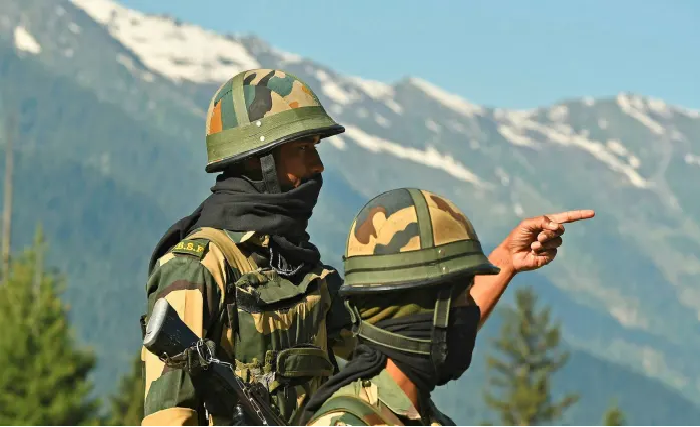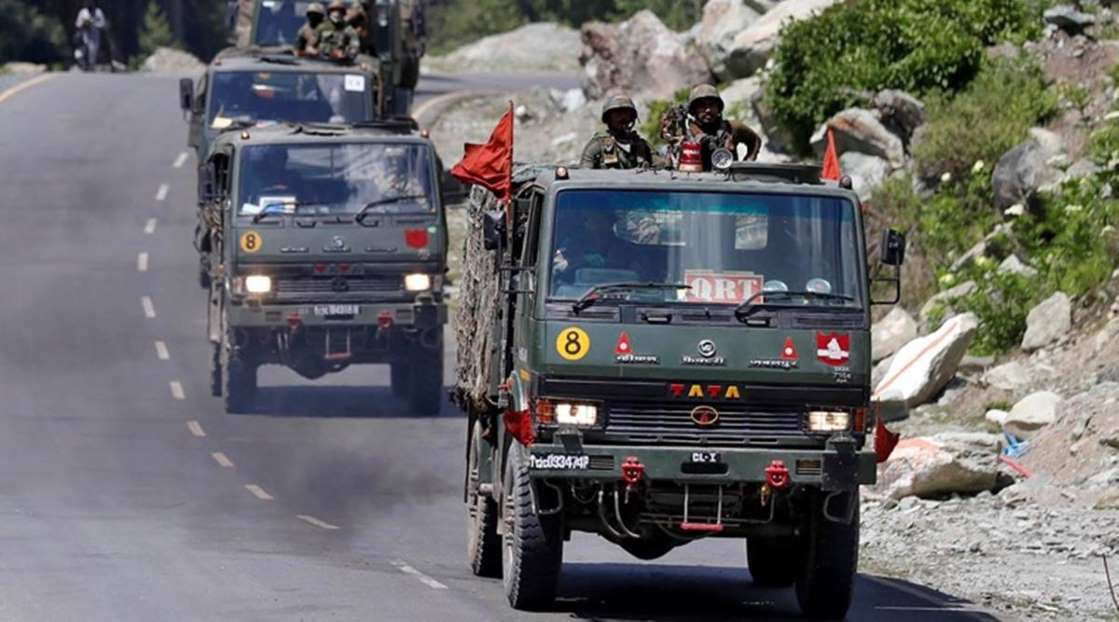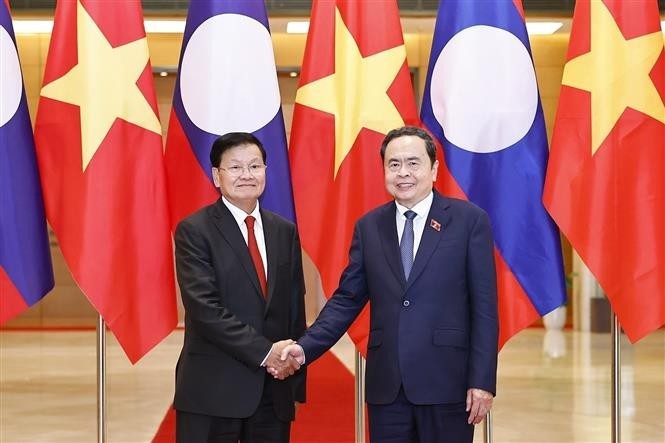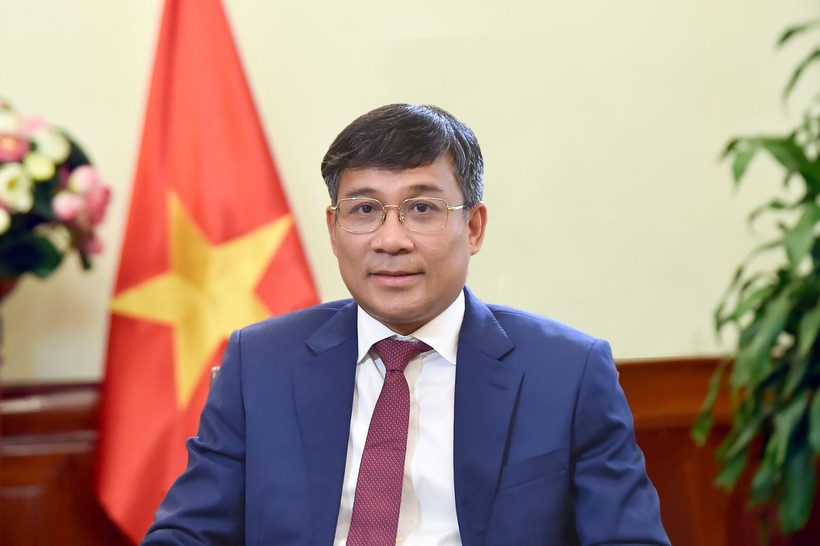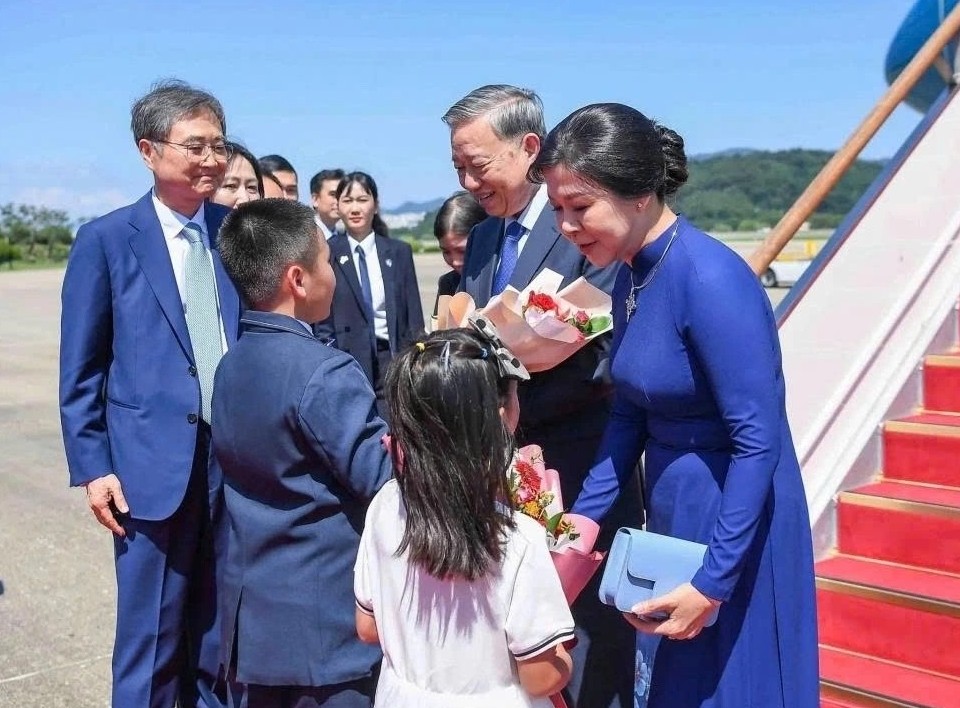US Congressman “deeply concerned” about India-China border crisis
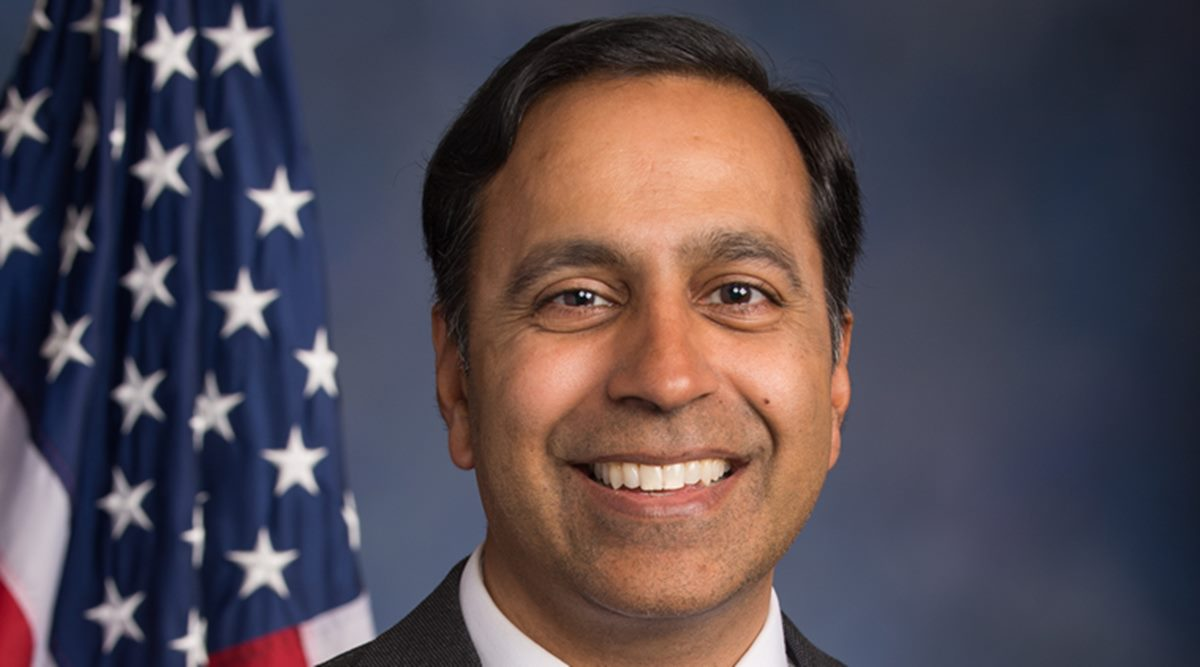 |
| Raja Krishnamoorthi. File photo of Indian Express |
Over the past few months, top American lawmakers have expressed their concerns over the India-China border crisis.
Raja Krishnamoorthi, an Indian-American Congressman has urged China to end its military provocations and pursue a diplomatic resolution to the tense border standoff in Ladakh.
Krishnamoorthi said this following a classified briefing on the issue by the US House Permanent Select Committee on Intelligence, of which he is the first and only Indian-American member. The committee’s meeting was the first ever on the issue.
“I am deeply concerned about this issue, which is why I authored a bipartisan resolution overwhelmingly approved by the House urging China to end its military provocations of India and to pursue a diplomatic resolution,” Krishnamoorthi was quoted by Indian Express as saying.
“I will continue to closely monitor this dispute until it is fully resolved,” he said.
Earlier, Lisa Curtis, deputy assistant to the US president, told a top American think-tank the US is encouraged by India’s strong yet responsible approach to the Chinese aggression. “While always seeking to de-escalate through diplomatic means, India also demonstrated military and economic resolve,” she said.
“From a bilateral perspective, China’s recent actions on Line of Actual Control has further reinforced the importance of the US-India strategic partnership, and our resolve to strengthen the US-India ties as a bulwark against Chinese aggression in the Indo-Pacific,” she said.
“Throughout this crisis, the United States has provided strong and unambiguous support for India, and our cooperation has grown closer,” Curtis said.
10 patrolling points in eastern Ladakh blocked by Chinese army
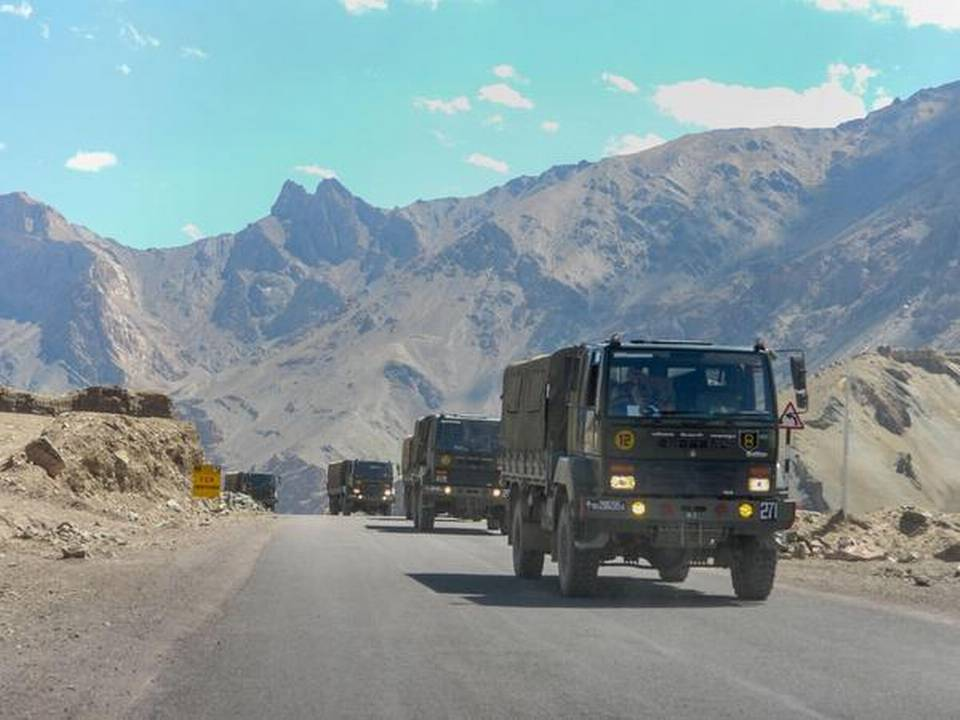 |
| Army trucks move towards LAC in eastern Ladakh amid the prolonged India-China standoff. Photo: PTI |
There are at least 10 patrolling points along the Line of Actual Control (LAC) in eastern Ladakh that have been blocked by Chinese troops, a senior government official told The Hindu.
Defence Minister Rajnath Singh informed the Rajya Sabha on September 17 that face-offs with the People’s Liberation Army (PLA) happened because “patrols were interrupted.” There was no commonly delineated LAC and there was an overlap in LAC’s perception in many areas, he noted.
The patrolling points (PPs) are the end points along the undefined LAC, up to which the Indian troops patrol after starting from their respective base camps.
Since April, Indian troops have been denied access to PPs number 9, 10, 11, 12, 12A, 13, 14, 15, 17, 17A. The blocked PPs span from the Depsang plains in the north to Pangong Tso (lake) in the south. In all, there are more than 65 PPs from the base of Karakoram to Chumar.
“Since the LAC is undefined, the PPs are the best way to assert territorial claims. With that access blocked by the Chinese and as per the disengagement plans in the past few months when buffer zones were created, many areas have become out of bound for the Indian troops as of now,” said the official.
Untenable demands
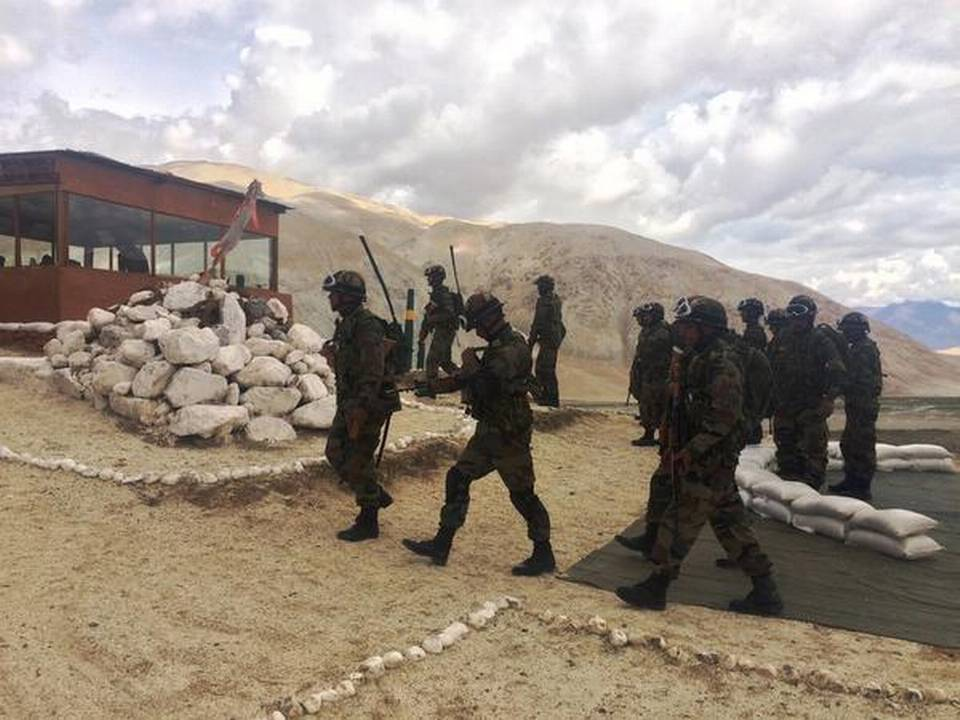 |
| Army patrol teams along the Line of Actual Control with China. File | Photo Credit: Dinakar Peri |
Another official said that in the past, Chinese commanders had made untenable demands that India vacate an administrative post in Pangong and some heights near the Kurang nala.
As per the disengagement plan agreed between the Corps Commanders of India and China on June 30, the two sides agreed to pull back from all the friction points and decided that “depth areas” such as the Depsang plains in the north, where China has amassed troops, will be looked into. However, so far the Chinese transgression at Depsang has not been discussed and in none of the government statements it finds a mention.
As reported by The Hindu, about 1,000 sq. km. of surface area in Ladakh along the LAC is said to be under Chinese control, with Indian troops denied access to patrolling since early this year, the major part- 972 sq. km. lies in Depsang. Patrolling points 10-13, which have been obstructed, fall in Depsang.
The entire stretch along the LAC has witnessed “worrisome hardening of Chinese positions” since April-May, with China occupying a considerable area from Finger 4 to 8 near Pangong Tso. The distance between Finger 4-8, the mountainous spurs abutting the lake, is around 8 km. This was till now patrolled both by India and China as India’s perception of LAC ends at Finger 8.
“The areas currently blocked by the Chinese have always been patrolled by the Indian troops. In all the meetings so far, we have demanded the restoration of status quo ante before April,” said the second official.
Five-point solution
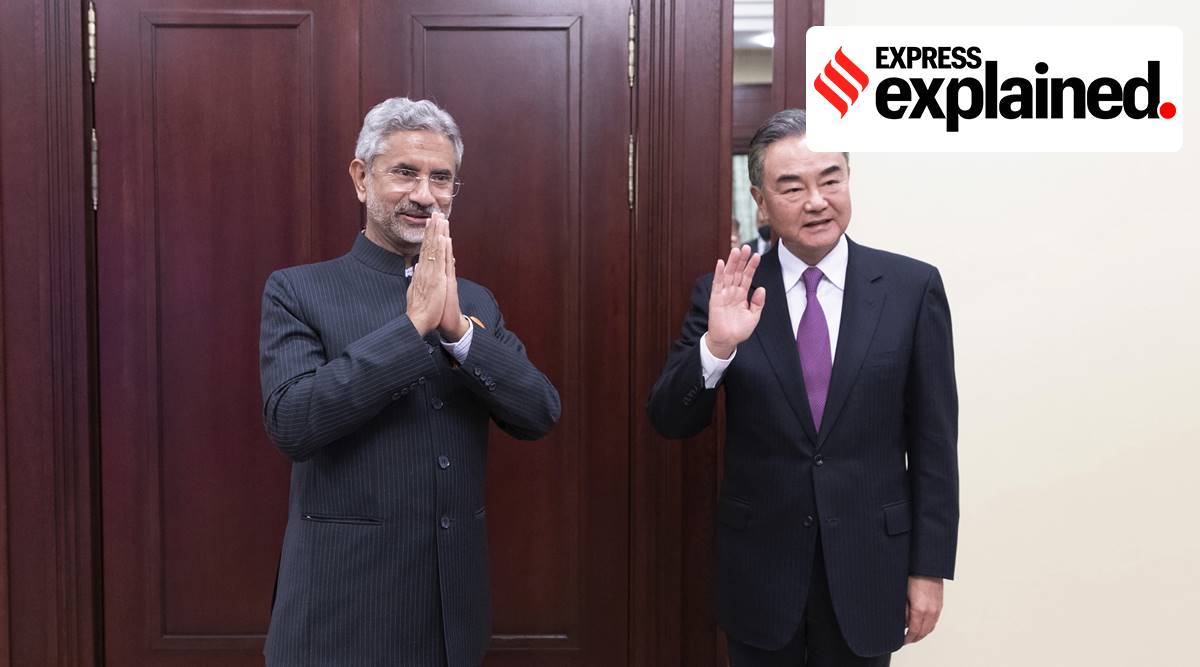 |
| Indian External Affairs Minister S Jaishankar and Chinese Foreign Minister Wang Yi on the sidelines of a meeting of the foreign ministers of the SCO in Moscow. Photo: AP/PTI via China's Xinhua News Agency) |
After the foreign ministers of both countries – S. Jaishankar and Wang Yi, met in Moscow on September 10 and agreed on a five-point solution to ease the border tension, there has been no clarity on when the Corps Commanders will meet.
Since June, the Corps Commanders have met on five occasions- the latest one took place on August 2. The north and south banks of Pangong have witnessed firing in the air on multiple occasions since August 30, a first of its kind escalation since 1975.
On June 15, 20 Indian soldiers were killed in violent clashes with the Chinese./.
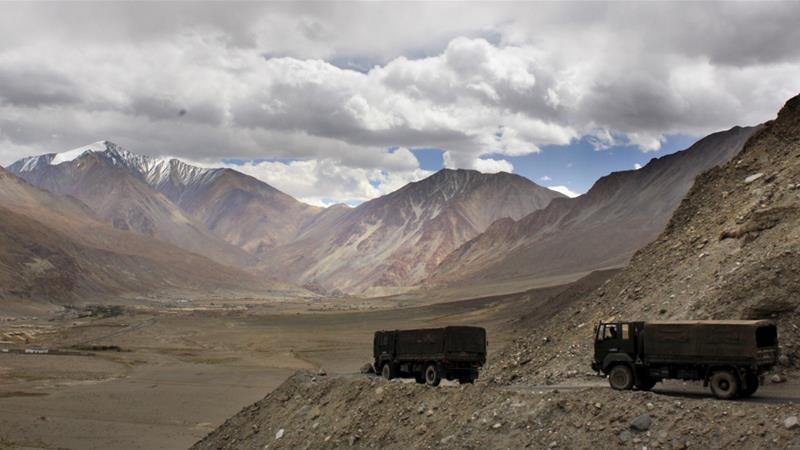 | China, India agree to 5-point course of action to relax border tensions China and India have agreed on a five-point course of action to disengage and reduce tensions along the Line of Actual Control (LAC). |
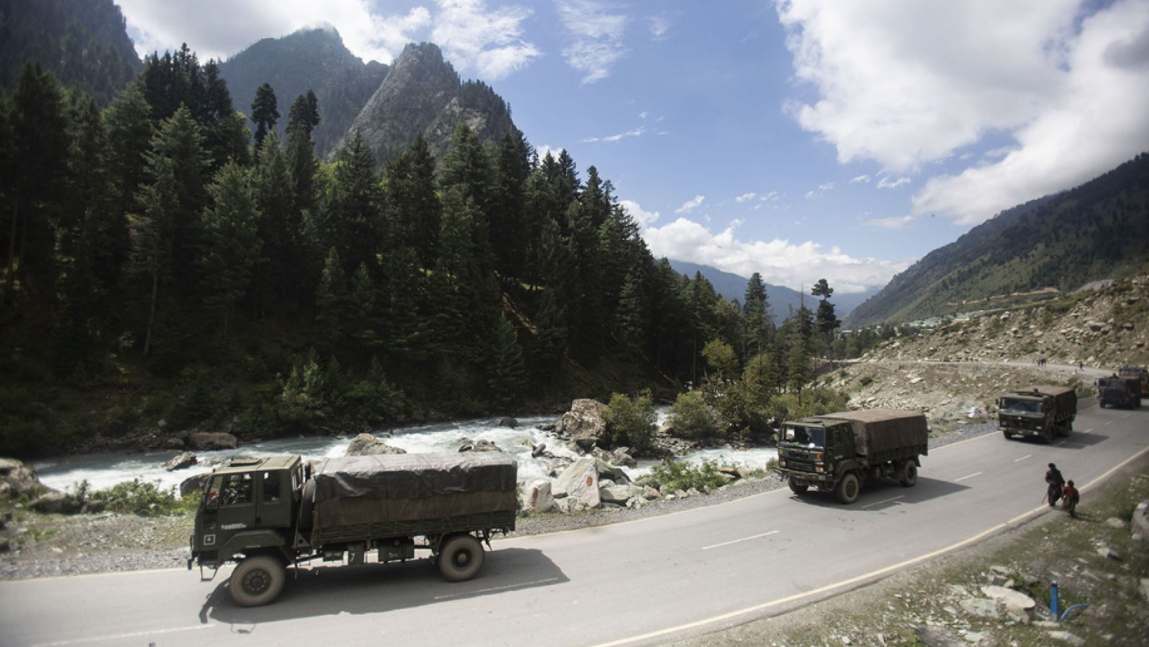 | China, India accuse each other of firing shots at disputed border as tensions rise Both sides deny that their soldiers fired first shots along Line of Actual Control in Himalayas since 1996 agreement. But each side claims opposing troops ... |
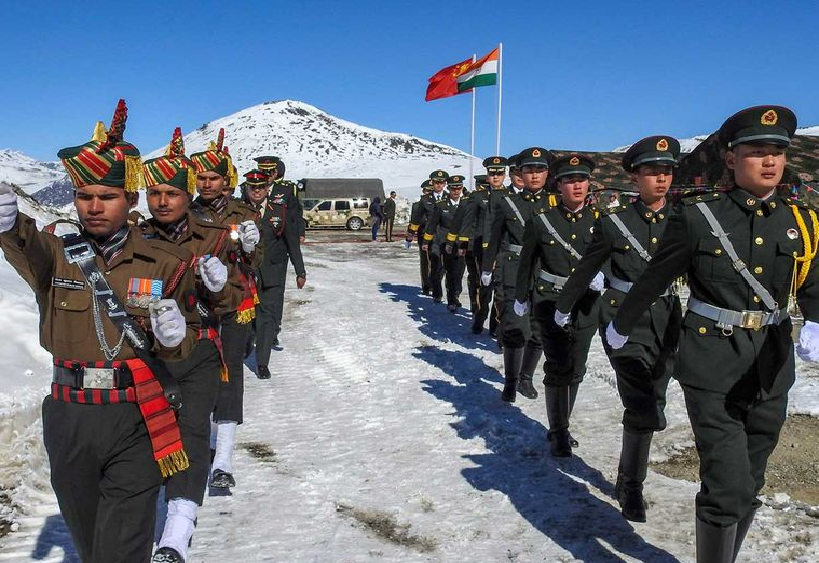 | China, India agree to speed up border troop pull back Chinese and Indian diplomats agreed on July 24 to a fast pull back of troops eyeballing each other across a disputed border in the western ... |
Recommended
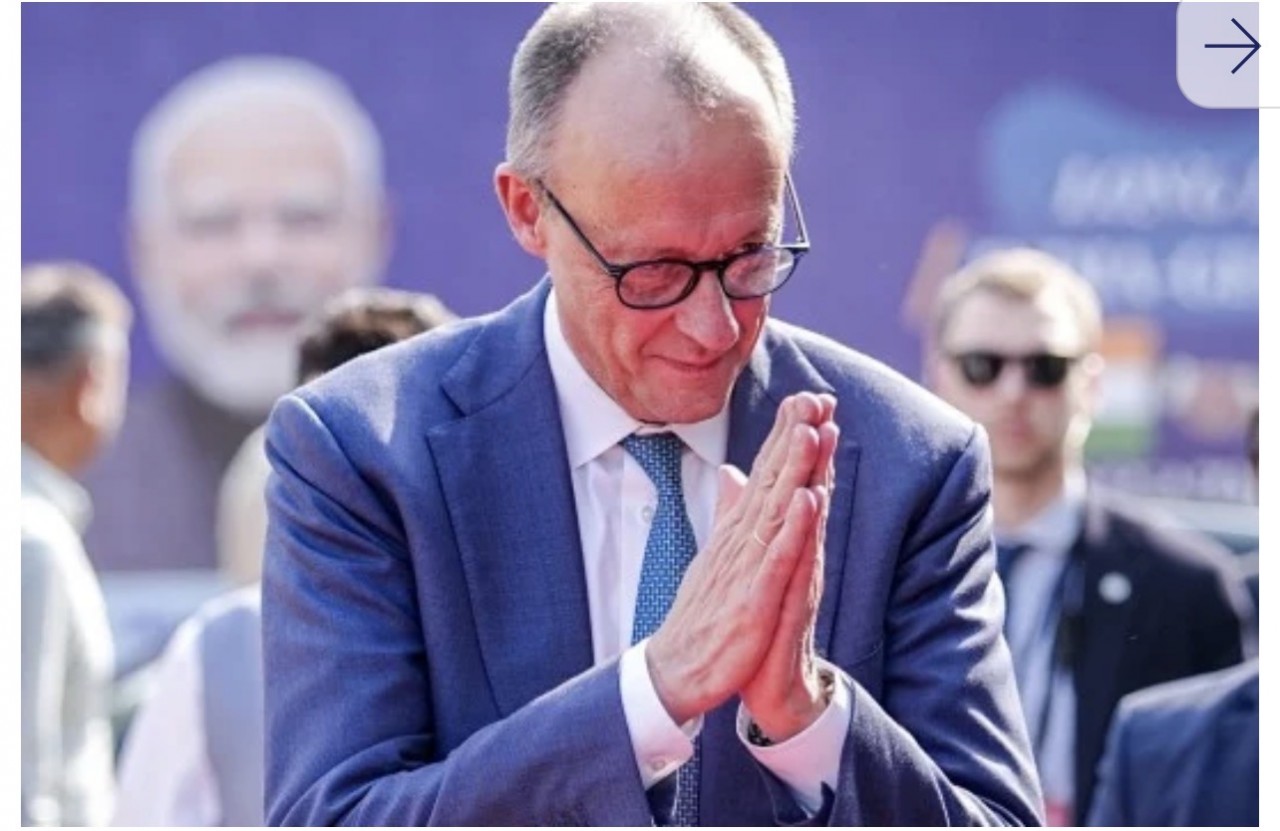 World
World
India-EU trade agreement expected to be promoted in the future
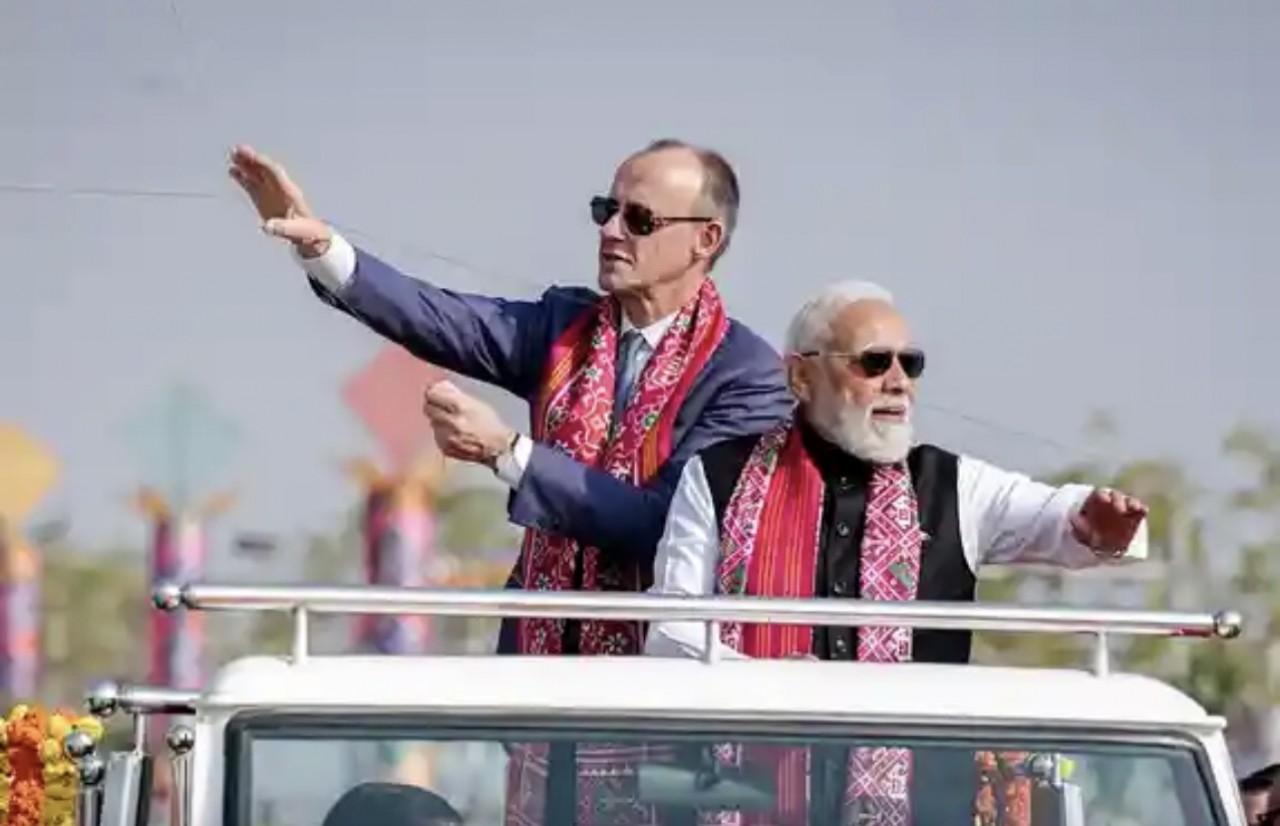 World
World
German Chancellor Merz begins his first state visit to India
 World
World
Vietnamese Lunar New Year Food Fair 2026 Showcases Cultural Identity in Malaysia
 World
World
India named President of BRICS+ for the 2026 term
Popular article
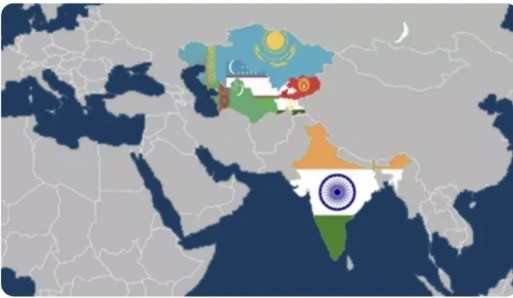 World
World
India strengthens defense and security ties with Central Asia
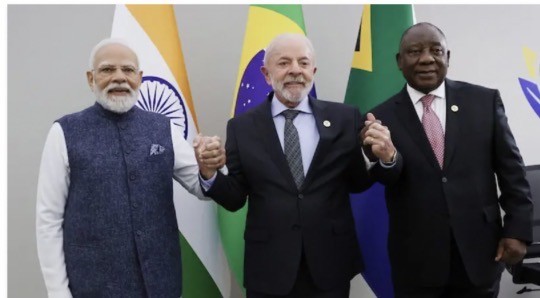 World
World
India–Brazil–South Africa (IBSA) Dialogue Forum: An Assessment – Analysis
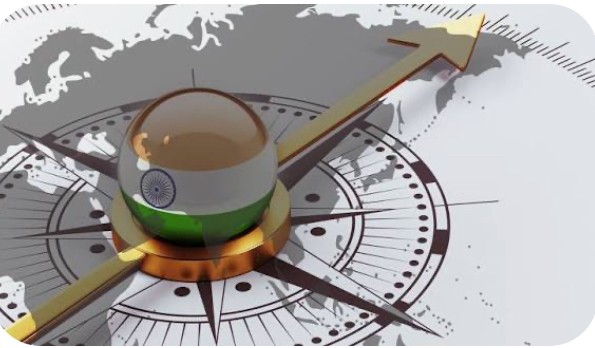 World
World
India’s package for exporters signals confidence in Southeast Asia markets
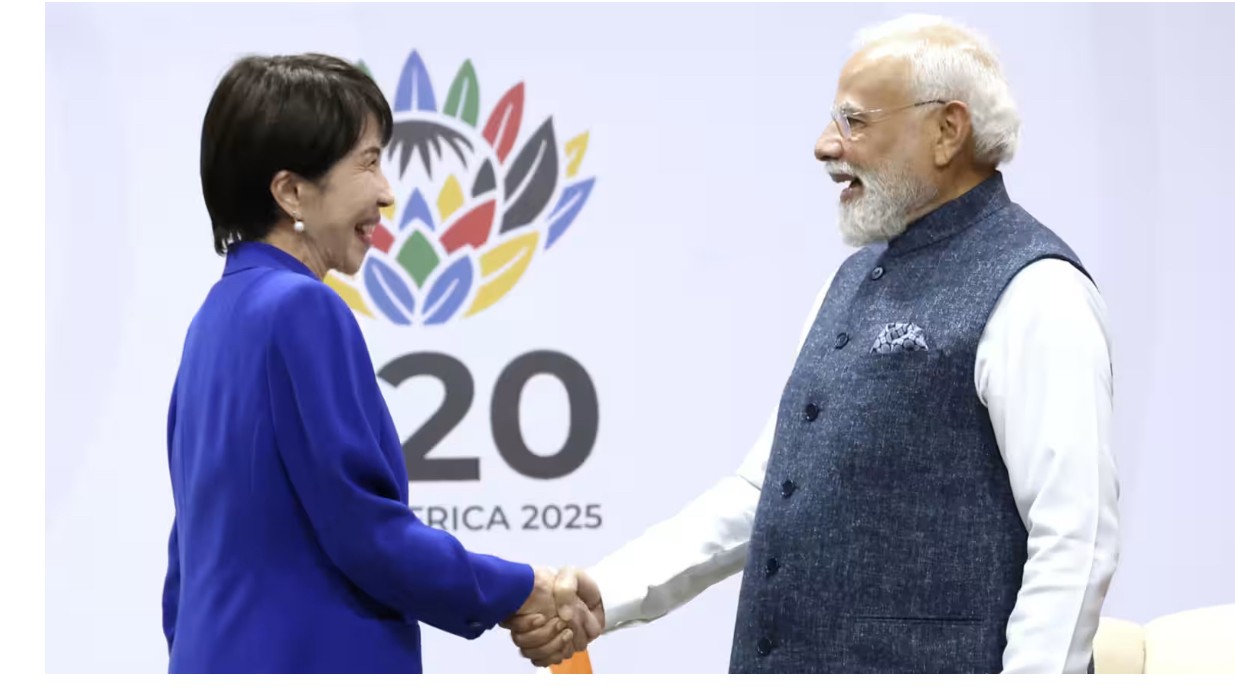 World
World

